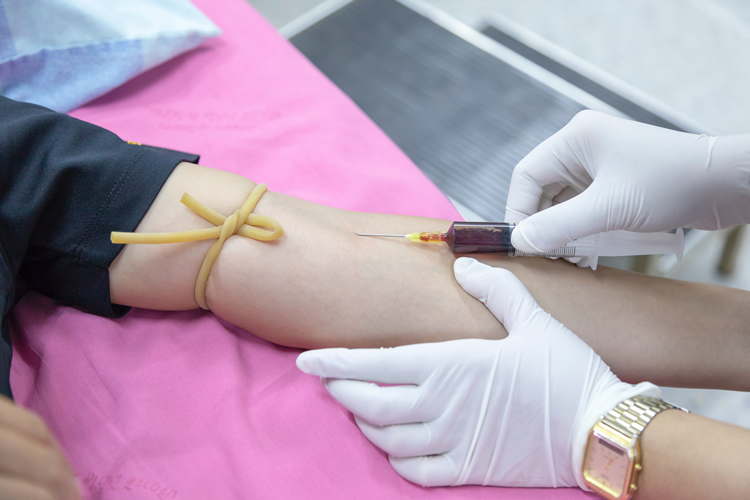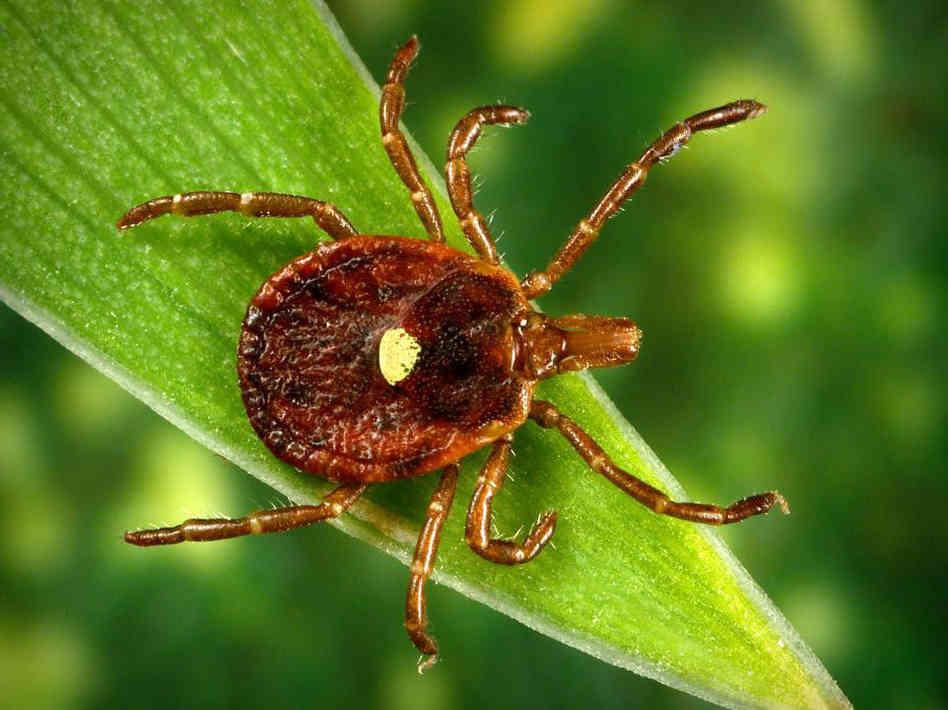The CDC suggests that more men are diagnosed with Lyme disease than women. Do more men actually contract Lyme disease?
This statement is not a clear-cut answer as to whether more men contract Lyme than women. Studies suggest that gender bias could be a factor in Lyme diagnoses, and because of this bias, more women are reported to have chronic Lyme disease.

Lyme testing gender bias is easily explained.
The CDC western blot test requires reaction of five out of 10 bands to be present for a positive Lyme diagnosis. Men generally have six of 10 bands react, while women present with four, leading to a negative Lyme test. Studies suggest that due to this bias in testing, more women end up with chronic Lyme disease simply because of non-diagnosis. These patients are also commonly misdiagnosed with conditions that have similar symptoms to Lyme, such as chronic fatigue or Fibromyalgia.

Also read: Lyme Symptoms That Might Surprise You
While the CDC Lyme disease surveillance reports more men with Lyme disease than women, another reporting agency, FAIR Health, says that more women file health insurance claims in treating the disease. Between the ages of 23 and 50, twice as many Lyme disease insurance claims were file by women than men. This is a truly odd phenomena – more men test positive, but more women are actually treated for the disease. Should Lyme disease testing for females meet different criteria than males? Early treatment is essential. If women are showing negative Lyme disease tests, but actually do have the disease, it can become a lifelong battle with chronic illness – and a lifelong battle in finding appropriate treatment.
Also read: 83% of enrolled persistent Lyme sufferers at MyLymeData are female.
Additional studies show that women and men react differently to medications. Women are more likely to have adverse effects to medication than men, suggesting that perhaps medication should be formulated differently by gender. Would this be an answer for more effective treatment of Lyme disease in women?
Tick protection is key in preventing Lyme.

No matter if you are male or female, prevention is key, and can be aided with personal tick protection when you are out of doors. In addition to personal protection, at-home tick control can help prevent unfortunate tick encounters in your own yard. With the prevalence of ticks in Central Mass, professional tick control is essential, and is most effectively employed all year long – not just in the spring and summer. In the warm weather seasons, your yard can be treated with a tick barrier spray that will eliminate ticks on contact, and continue killing them for up to three weeks. When the temperature falls below 45°F, tick tubes can be placed in your yard, which will aid in halting the tick life cycle, resulting in less ticks when springtime rolls around.


